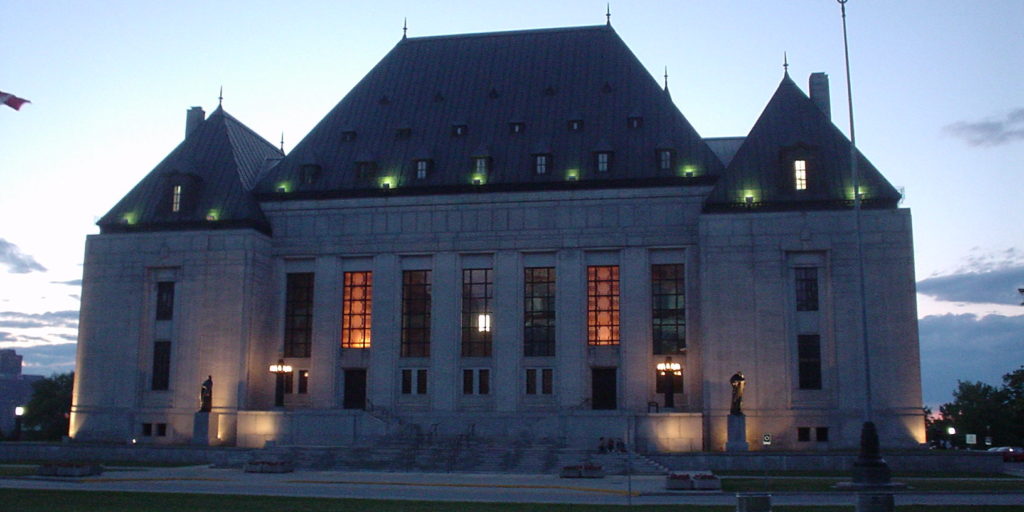- Rail blockade illustrates the ambiguity of legal rights - March 4, 2020
- ‘Colonial policing’ in Indigenous communities a complex issue: Grey - February 3, 2020
- Supreme Court of Canada decision is a call to action for the Crown: Grey - January 15, 2020
Intervention by the nation’s top judge in the debate over rates of Aborginal incarceration is welcome news to Alberta Indigenous rights litigator Leighton Grey.
The Canadian Press reports Indigenous people accounted for almost one-quarter of those in the entire federal jail system, while proportionally fewer Indigenous offenders have been granted gradual release from custody than the general population.
Supreme Court Chief Justice Richard Wagner labelled the situation “unacceptable,” suggesting it reveals a serious problem in society, Canadian Press reports.
“That’s a terrible situation, I must say,” Wagner said. “I mean, the rate is too high.”
“It’s good to see the chief justice speaking out, and I think it’s overdue,” Grey, a senior partner with Grey Wowk Spencer LLP, says. “The numbers are really frightening.”
At his news conference, Wagner said the members of his court are doing their bit for Indigenous justice, highlighting a recent decision critical of the federal prison service’s use of psychological assessment that may be unfair to inmates from First Nations. He also said the Supreme Court will play a role in ongoing efforts for reconciliation with Indigenous peoples.
“It’s going to be a long process,” he said. “It has to be done. It has to be done the right way.
“It involves many stakeholders and we are committed to doing it, within our own jurisdiction,” Wagner said.
Grey says he’s most concerned by the situation for Aboriginal women, who he notes are not only over-represented in jails but also disproportionately victims of serious violence and murder, which often go unsolved.
“It’s a big concern for Indigenous communities when you’re losing so many young women because it’s going to be very difficult to move forward in a positive or hopeful way without them,” he says.
Grey draws a direct line between the shocking incarceration numbers and historic suffering at Indian Residential Schools, which he says perpetuated a cycle of suffering in many communities.
“It’s a very short walk because what you had with the residential schools was a generational destruction of families and enduring dysfunction,” he says.
“Young people who had their children taken away lost structure in their lives and were more likely to get involved in drug or alcohol abuse,” Grey explains. “And the children who eventually returned after enduring terrible abuse often came back to parents without the skills to look after them, and the cycle goes on.
“What we’re seeing now is the net result of that generational dysfunction in families,” he says.
“We’ve got a lot of talk about truth and reconciliation, which is a wonderful goal, but I’m not sure how we’re going to get there until we defeat this generational dysfunction,” Grey adds.
His frequent work on behalf of residential school victims, as well as his current representation of members of a class action against Indian Hospitals, provides many first-hand reminders of the depth of scars from those eras. Grey recently took part in an information session for potential claimants who belong to the Saddle Lake Band, a few hours drive from Edmonton.
“Unfortunately, the youth crime rate in the community is very high, and there is a lot of gang recruitment among children as young as 12 or 13,” Grey says. “What we are seeing in the legal system is just a manifestation of deeper socio-economic problems that exist in Canada.
“It’s going to take a significant investment, and not just of money, to break that cycle,” he says. “We need some of our best minds to focus their attention on these problems.”

